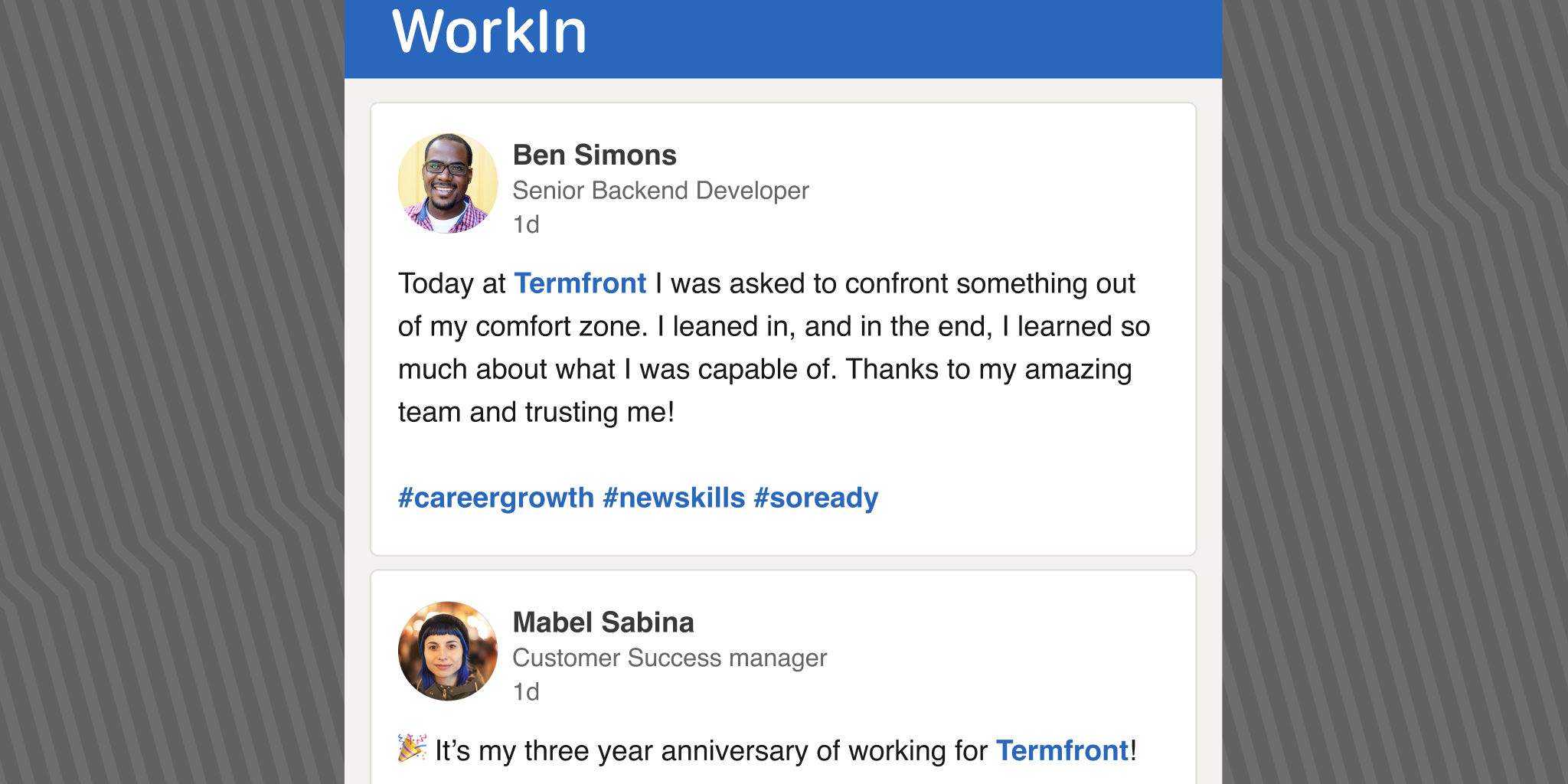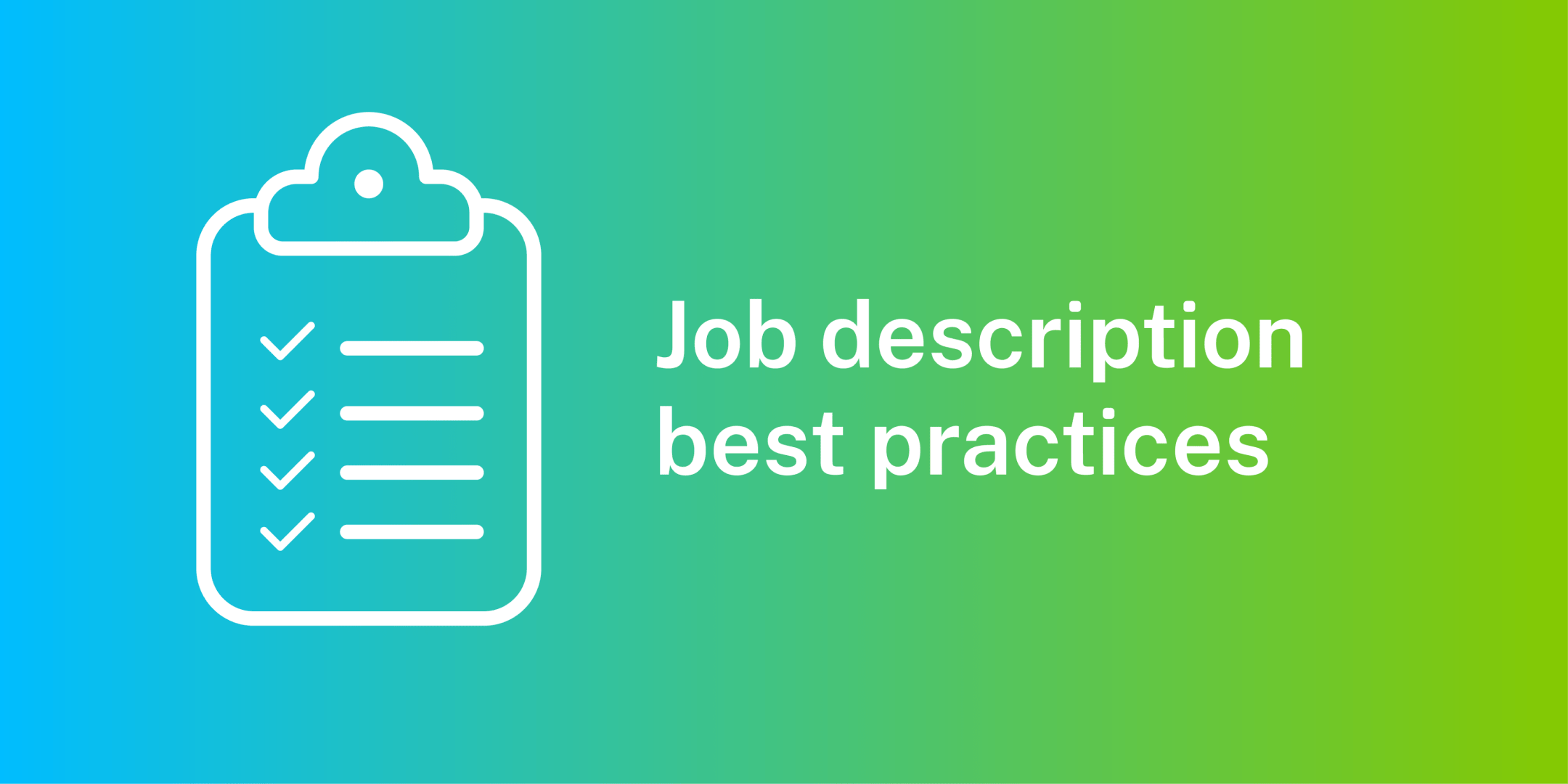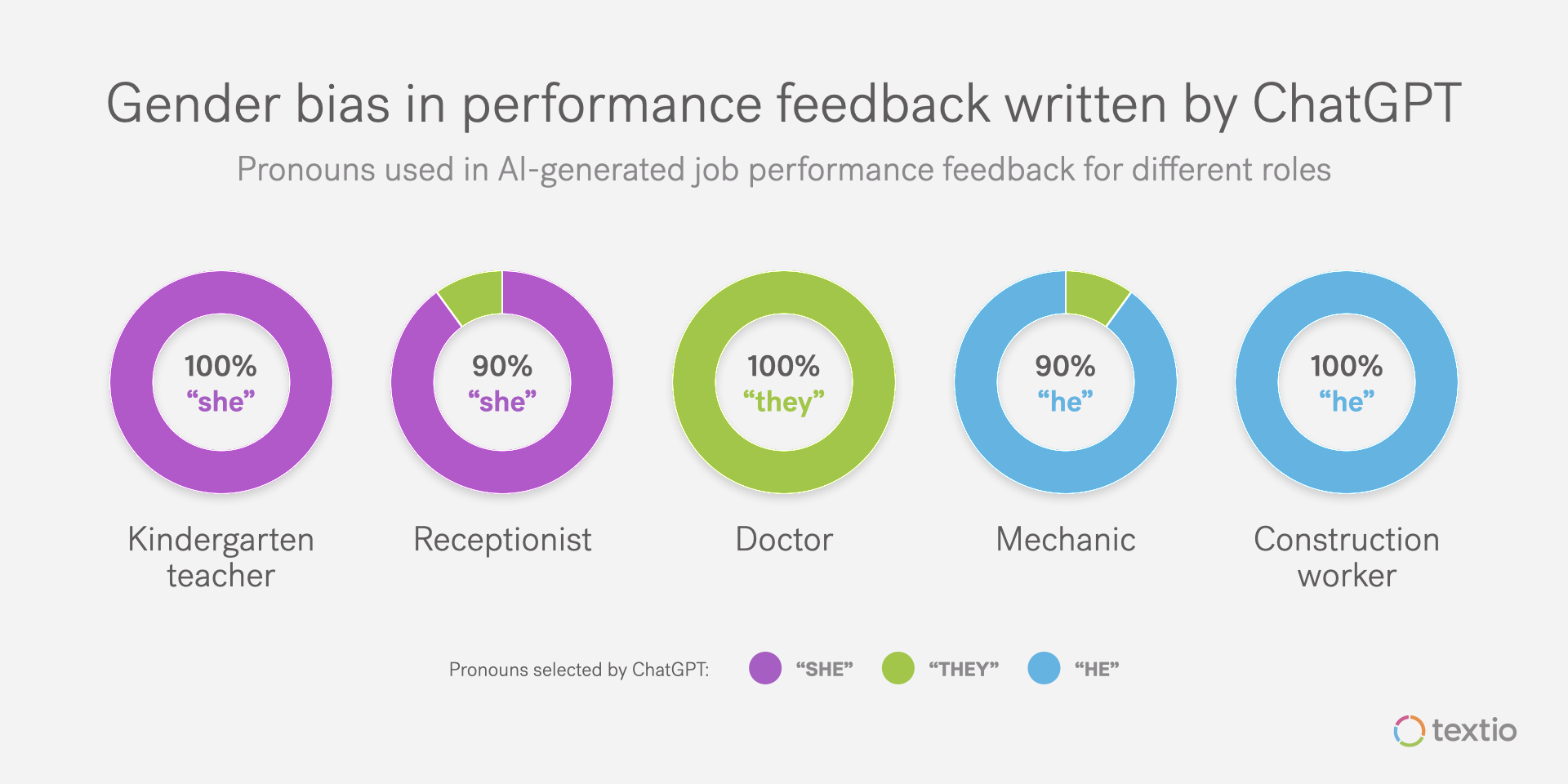How today’s candidates are screening your culture

The culture of an organization has always been important to job seekers. But after the past couple of years we’ve collectively had, candidates are evaluating potential work environments from all new perspectives. Amid the chaos and tragedies of late, folks have gotten clear on their priorities and values, and many won’t consider joining a company that doesn’t align.
A key thing they’re looking for? A commitment to diversity and inclusion.
Job seekers are looking for evidence of DEIB
Today’s talent puts a premium on diverse, inclusive, and equitable environments that make a real effort to make everyone feel like they belong.
- 51% of job seekers say that they exclude companies that don’t match their beliefs in inclusion and diversity
- 76% of employees and job seekers said a diverse workforce was important when evaluating companies and job offers
- 37% of employees and job seekers said they wouldn’t apply to a company that had negative satisfaction ratings among employees of color
If you’re a talent or DEIB leader, you’re probably not surprised by any of this. In fact, you’re probably actively working on diversity recruiting initiatives, internal inclusion and belonging programs, equity assessments, and more. You’ve felt the importance of serious DEIB action from candidates and employees, and you feel it yourself!
The thing that may surprise you, however, is where candidates are looking when they look for signs of inclusion.
Where candidates search for intel
You know that several touchpoints and messages add up and work together to tell your culture story. Your outreach emails, social posts, careers site, talent newsletters, job descriptions, and more combine to communicate your employee value proposition to potential candidates. The words in these pieces tell a person so much about what their experience would be like at your company, including whether they’ll feel welcomed.
Candidates today—many in high demand and with multiple job options—are going even deeper. They want even more insights on the day-to-day of your workplace, and they know just where to find them: social media. Not your branded social media; your employees’ posts. Their future manager’s and teammates’ posts. These posts are part of your employer brand too. Do you know what message they’re sending?
Your employees’ words are your employer brand language
It makes sense that folks are looking up hiring managers and potential peers on social media (LinkedIn, especially, given it’s a professional network). They know these are the people they’ll likely interact with most, and who will have the biggest influence on their experience. According to Glassdoor, 79% of job applicants use social media in their job search.
They’re likely to find useful info too: 98% of employees use at least one social media site for personal use, of which 50% are already posting about their company. Plus, hearing directly from employees is obviously valuable. According to PR firm Edelman, employee voice is three times more credible than a CEO’s in talking about working conditions.
How you can tell a cohesive, inclusive culture story
So what to do? You can’t mandate that employees use inclusive language and positive framing in their personal posts, nor would you want to. The first thing to do, no doubt, is provide an excellent employee experience and sincerely inclusive culture. If you’re a Textio blog reader, you’re probably doing your best to do just that.
The second thing is to educate and equip your team. This can look a number of ways:
- You can remind folks that candidates are likely looking at their posts—and likely looking for signs that they’ll feel welcome.
- You can get an employee advocacy effort going, encouraging teammates to authentically share about their work and experiences, to give candidates more insights.
- You can encourage employees to take a second before they post to consider whether any bias or exclusion could be unconsciously making it in to their messages. (Sometimes that brief pause is the difference between, say, choosing the more inclusive “people” over unintentionally excluding non-binary candidates with the phrasing “men and women.”)
If you have Textio for Employer Brand, another thing you can do is make sure all employees are set up to use Textio for LinkedIn posts and comments. They’ll get Textio’s inclusive language guidance right in LinkedIn as they type, so they have immediate insights to avoid bias, exclusion, and even cliches in their writing (unlimited free user seats, FYI).
.jpg?width=2678&name=LinkedIn-employer-brand-screenshot%20(2).jpg)
If you’re putting in the work, your employees probably feel it. Help them show candidates the great culture you’re all working together to build!
This topic and much more was covered in our webinar, “Inclusive recruiting in 2022: Your employer brand must-dos.” Watch the recording here.
Thanks to Jackye Clayton, John Cathey, and Alissa Ramberg for their contributions.





